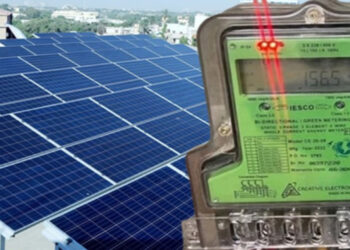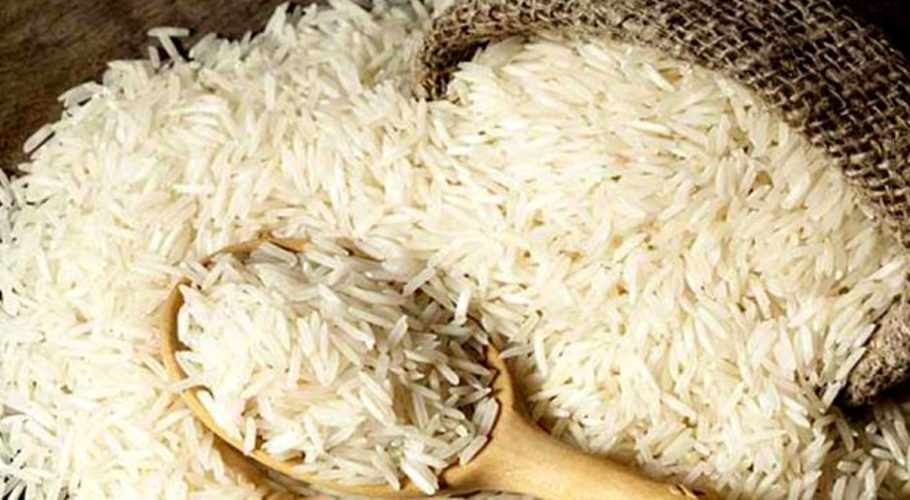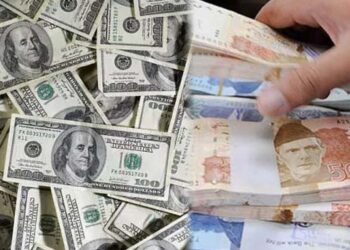Amid ongoing war between Iran and Israel-US, the rise in oil prices in the international market is likely to impact Pakistan’s economy as the international oil prices are expected to reach $100 a barrel.
According to an analytical report, Pakistan’s current account deficit and inflation are expected to increase. If oil reaches 75 dollars per barrel, the country’s current account deficit could rise by 2.3 billion dollars. If oil hits 80 dollars per barrel, the current account deficit may see a negative impact of 2 billion dollars.
The report states that if oil is priced at 85 dollars per barrel, the current account deficit could be negatively affected by 3.1 billion dollars, and at 90 dollars per barrel, the deficit may increase by 3.49 billion dollars.
The report further states that if the global market price of oil reaches 80 dollars per barrel, one US dollar will equal 285.4 Pakistani rupees. At 85 dollars per barrel, the dollar could rise to 287.17 rupees; at 90 dollars per barrel, it may reach 288 rupees; at 95 dollars per barrel, the exchange rate could be 290.5 rupees per dollar; and if oil reaches 100 dollars per barrel, one dollar may equal 292.1 rupees.
If the international oil price hits 80 dollars per barrel, petrol prices in Pakistan will need to be increased by 35 rupees per liter. At 85 dollars per barrel, petrol prices may need to be raised by 55 rupees per liter. If oil reaches 90 dollars per barrel, an increase of 90 rupees per liter may be necessary. At 95 dollars per barrel, petrol prices could rise by 130 rupees per liter, and if oil hits 100 dollars per barrel, petrol prices in Pakistan may need to be increased by 180 rupees per liter.
The projected increase includes a potential rise of 11 rupees per liter in the petroleum levy. If oil reaches 95 dollars per barrel, Pakistan’s current account deficit could expand to 3.88 billion dollars. If oil reaches 100 dollars per barrel, the deficit may increase by 4.27 billion dollars.






































